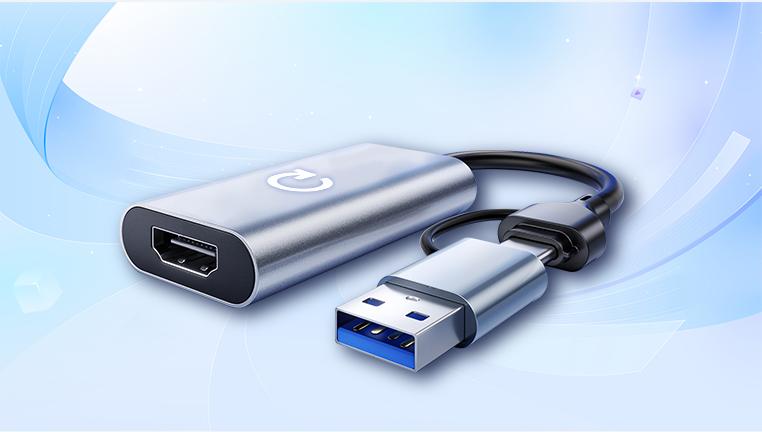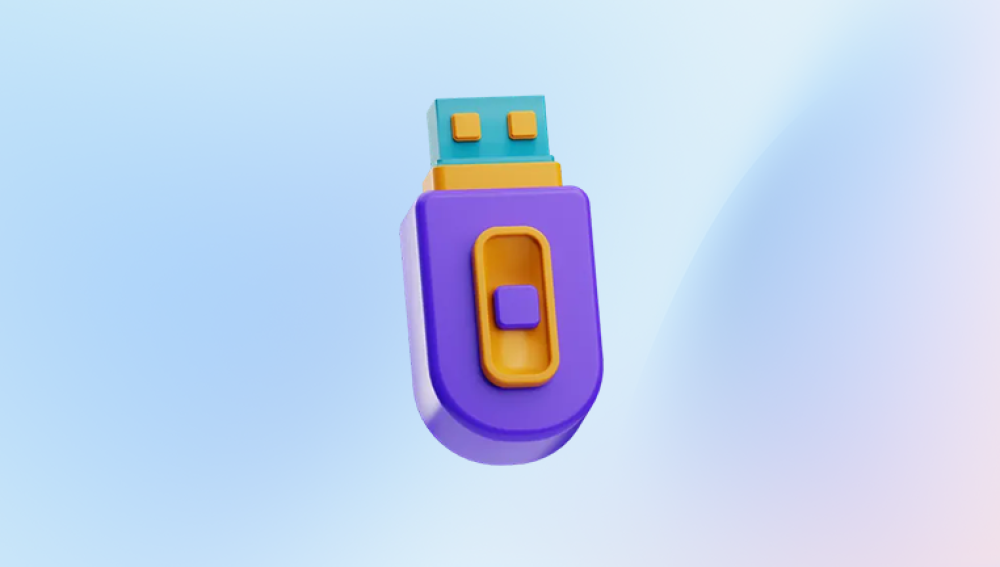Formatting an SD card is a common operation, but sometimes it may be done by mistake or when you still need the data on it. Fortunately, there are ways to recover data from a formatted SD card.
1. Formatting Process
When you format an SD card, the operating system erases the file system table that keeps track of the location and status of all files on the card. It doesn't actually delete the data immediately. Instead, it marks the space occupied by the files as available for reuse. The actual data remains on the SD card until new data is written over it. This is the fundamental principle behind data recovery from a formatted SD card. There are different types of formatting. Quick formatting only erases the file system table, while a full format also scans the entire SD card for bad sectors and can take much longer. However, even after a full format, the data may still be recoverable in many cases.

2. Choosing the Right Recovery Tools
Accidentally formatting an SD card can be distressing, but recovery is possible with Drecov Data Recovery. When an SD card is formatted, the data is not immediately erased; instead, the space is marked as available for new files. Until new data overwrites the old files, they can still be retrieved using the right recovery software.
How to Recover a Formatted SD Card Using Drecov Data Recovery
Download and Install Drecov Data Recovery
Get the software from the official website and install it on your computer.
Connect the SD Card
Insert the formatted SD card into a card reader and connect it to your computer. Ensure it is detected.
Select and Scan the SD Card
Launch Drecov Data Recovery and select the SD card from the available drives.
Choose a deep scan for better results.
Preview and Recover Files
Once the scan is complete, preview the recoverable files.
Select and recover your lost files, saving them to a different location.
3. Preparing for the Recovery Process
Before starting the recovery process, there are several important steps to take:
Stop Using the SD Card: As soon as you realize the SD card has been formatted and you want to recover the data, stop using it immediately. Any new data written to the card may overwrite the existing data you want to recover, reducing the chances of a successful recovery.
Backup the SD Card: If possible, make a backup of the entire SD card before attempting recovery. This can be done using disk imaging tools. Having a backup ensures that you have a copy of the original SD card in case the recovery process goes wrong or if you need to try different recovery methods.
Connect the SD Card to Your Computer: Use a card reader to connect the SD card to your computer. Make sure the card reader is working properly and that the SD card is recognized by the computer. If the SD card is not recognized, there may be a problem with the card reader or the SD card itself, and you may need to troubleshoot before proceeding with the recovery.
4. The Recovery Process
Here is a general guide to the recovery process using a typical data recovery tool:
Install and Launch the Recovery Tool: Install the chosen data recovery tool on your computer and launch it. Most tools have a simple installation process that guides you through the steps.
Select the SD Card: In the recovery tool, select the SD card as the drive to be scanned. The tool will usually display a list of all the available drives connected to the computer, and you need to identify the SD card correctly.
Choose the Recovery Mode: Some tools offer different recovery modes, such as a quick scan and a deep scan. The quick scan is faster but may not find all the deleted files. The deep scan takes longer but is more thorough and is recommended for a formatted SD card.
Initiate the Scan: Start the scan process. The tool will now analyze the SD card and look for deleted files. The progress of the scan will be displayed, and you can see how many files have been found so far. Depending on the size of the SD card and the amount of data on it, the scan may take anywhere from a few minutes to several hours.
Preview and Select Files to Recover: Once the scan is complete, the recovery tool will display a list of the found files. You can usually preview the files to see if they are the ones you want to recover. Select the files you want to restore and deselect any that you don't need. This helps to save time and storage space when recovering the data.
Recover the Files: After selecting the files, click the "Recover" button. The tool will then copy the selected files to a location on your computer that you specify. Do not save the recovered files back to the SD card to avoid overwriting the data that is still being recovered.
5. Verifying and Organizing the Recovered Data
After the recovery process is complete, it's important to verify the integrity of the recovered data. Check if the files can be opened and if the data is complete. Some files may be corrupted during the recovery process, especially if the SD card has bad sectors or if the data was partially overwritten. If you find that some files are corrupted, you may need to try different recovery tools or consult a professional data recovery service. Organize the recovered files into folders and directories for easy access. You can use the original file names and folder structures if they were preserved during the recovery. If not, you can create a new organizational system based on the file types or the date the files were created.
6. Preventing Future Data Loss
To avoid similar situations in the future, it's essential to take some preventive measures:
Regularly Back Up Your Data: Set up a regular backup schedule for the data on your SD card. You can use cloud storage services, external hard drives, or other storage media to store copies of your important files. This way, if the SD card is accidentally formatted or damaged, you have a recent backup to restore from.
Handle SD Cards with Care: Avoid removing the SD card from the device while it is still in use or during data transfer. Eject the SD card properly through the operating system to prevent file system errors and data corruption. Also, keep the SD card away from magnetic fields, extreme temperatures, and moisture, as these can damage the card and cause data loss.
Use Write - Protection: If you have important data on the SD card that you don't want to be accidentally modified or deleted, you can use the write - protection feature on the SD card. This physically prevents any data from being written to the card, protecting it from accidental formatting or deletion.




